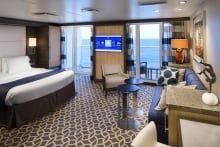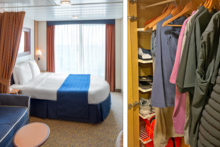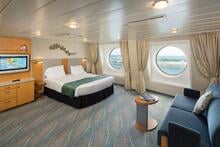When you think about a cruise vacation, you have images in your mind of sun soaked days in beautiful places that's a dream getaway, except for one oddly overlooked aspect: the toilet paper.
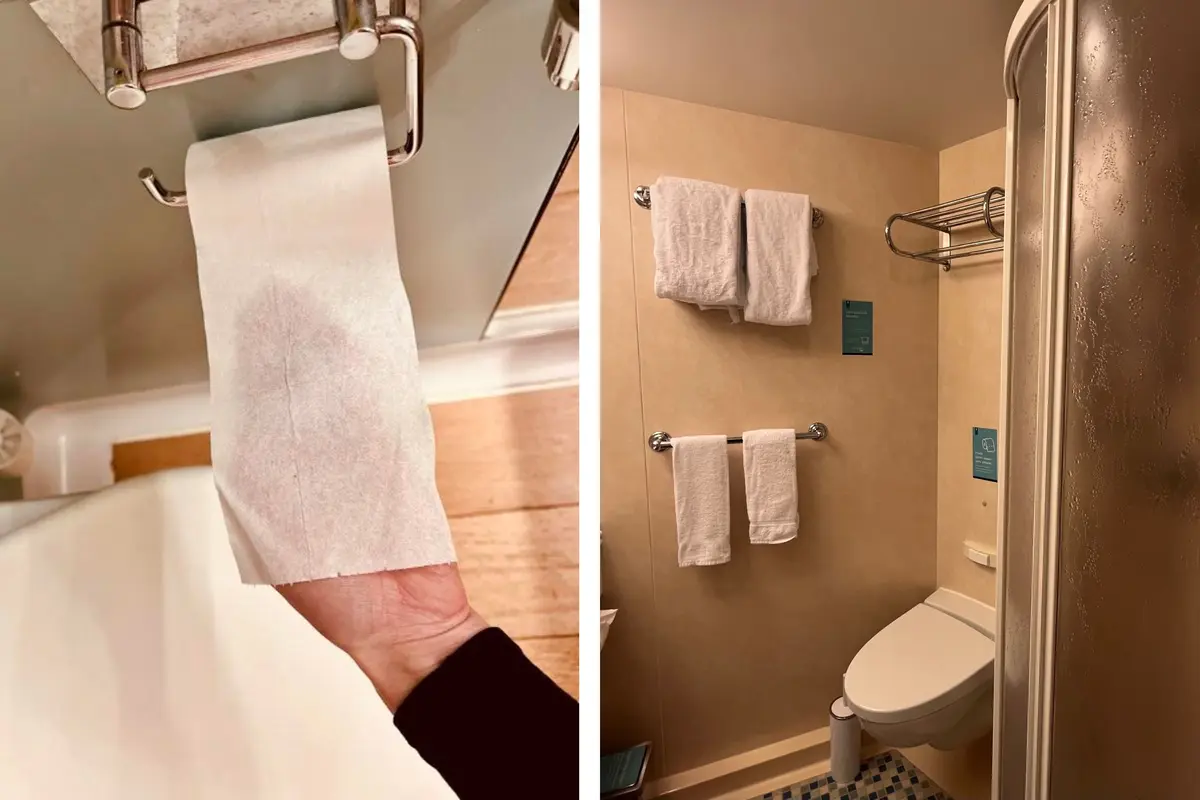
There’s one thing most people hate about cruise ships: the toilet paper.
Anyone who’s been on a cruise before has also been victimized by the thin, sandpaper-like material in the bathroom that passes for toilet paper.
Rather than a soft double-ply, or a cheap single-ply tissue, the toilet paper resembles something like half-ply tissue paper.
Read more: 22 unpleasant cruise ship problems you aren't prepared for
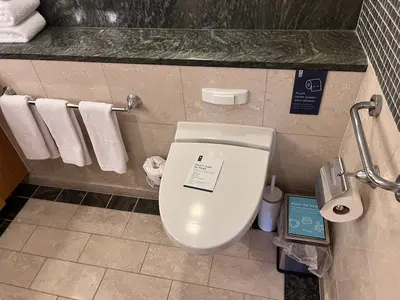
Without going into too much detail, you can imagine that this type of paper would leave guests feeling uncomfortable.
However, this choice of toilet paper is completely intentional, and it’s not just to save money.
There are good reasons as to why Royal Caribbean (and most other cruise lines) uses such scratchy, thin tissue.
Why is the cruise ship toilet paper so thin?
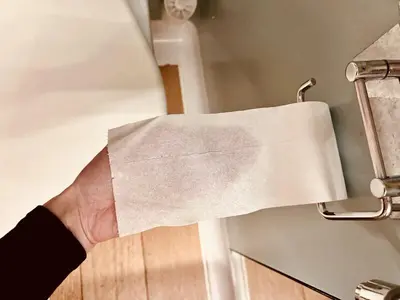
Cruise ships feel like a self-contained city, with cabins, bathrooms, dining, activities, and pools all onboard. But they’re still essentially an ecosystem that floats on water.
Because of this, they have to be mindful of the environment around them and the storage space onboard.
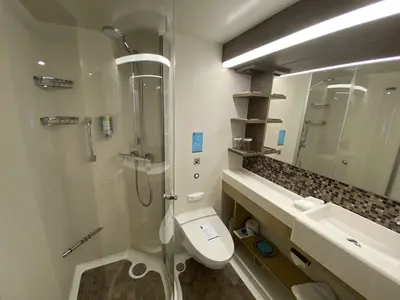
Cruise ships have to use a thin toilet paper that is suitable for RV, portable toilet, or marine use. It’s specifically designed to flush easily and quickly break down in the holding tanks, preventing any nasty clogs.
Marine sewer systems are intricate, and so unable to process the thicker, plushier toilet paper you’re used to at home.
Cruise ship toilets can easily get clogged
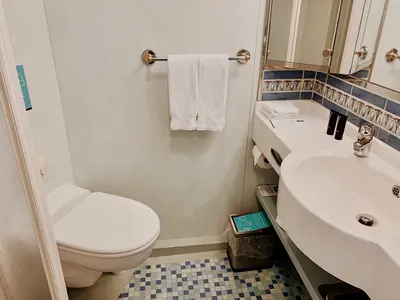
Because cruise ships are so contained, the sewage pipes are smaller and more susceptible to blockages.
Any small clog could lead to a blockage of an entire pipe.
Not only that, but the toilets are also all connected. This means that if one guest’s toilet is blocked up, all the other guests will suffer.
Usually, the ship’s plumber will have to manually remove the blockage from the pipes.

Clogged plumbing is a common problem on cruises, and it's why crew members and signage repeatedly remind guests about what they can't flush, such as feminine hygiene items, tissues, or wipes.
The only thing that should be going down the toilet is your business and that thin, scratchy toilet paper!
Can you pack your own toilet paper?
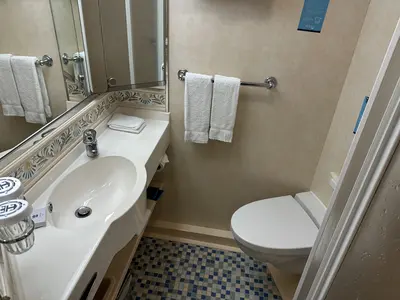
You might be tempted to bring your own toilet paper or flushable wipes onboard as a workaround to the problem.
However, this is not a good idea.
Remember, the plumbing on cruise ships is very sensitive. Anything other than marine-grade toilet paper could clog up the pipes.
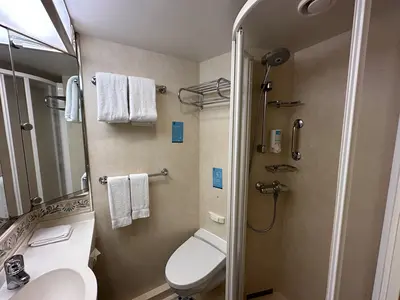
Some guests have even reported that they had their personal rolls of toilet paper confiscated as they were boarding on embarkation day.
If you really don’t want to rely on the cruise ship’s toilet paper, but also don’t want to throw away wipes and tissues in the trash, you could also try a bidet.
Some suites have a bidet, but there's only a handful of cabins with this feature.
Where does the poop go when you flush?
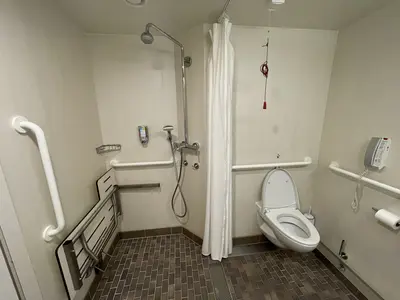
You might be wondering where the contents go when you finish using that see-through toilet paper and flush the toilet.
All wastewater—including your poop and shower water—goes into a water-treatment system onboard.
None of it will go overboard until it is run through this treatment plant. This advanced treatment system has been rated above the US federal standard for purified water.
The wastewater purification plant onboard splits the water into three categories: grey water, black water, and bilge water.
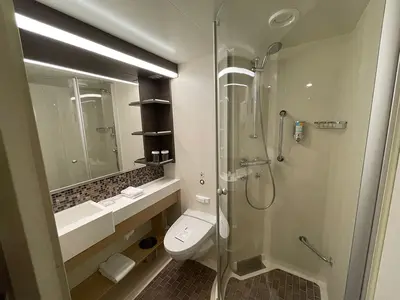
Grey water is shower and tap water from sinks, laundries, and drains.
Black water is what comes from food waste and toilets.
And bilge water is the oils that are released from the engine compartments at the bottom of the ship.
Blackwater (that’s the human waste division) will go through three processes: aeration, filtration, and disinfection.
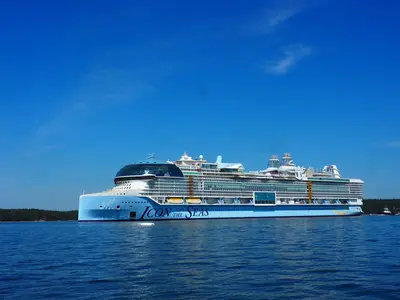
First, a bioreactor aeration chamber breaks down the organic contaminants with bacteria that can dissolve the black water.
Next, the sewage goes into a membrane filtration system that filters all impurities. Dense substances will float to the bottom in the settlement chamber, while water floats to the top.
The leftover sludge at the bottom is repeatedly cycled until the system is left with water and any remaining sludge is incinerated.
Lastly, the clean sewage (that leftover water) enters a disinfection chamber where any remaining pathogens are sterilized. UV radiation purifies any remaining bacteria, leaving clean and safe water that is left in a storage tank until it can be discharged.
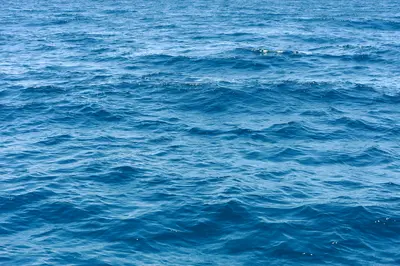
This water really is fresh! It’s considered almost tap-water quality.
Once the cruise ship is far enough away from land to meet local and international regulations, they can discharge the water.
However, this does depend on the location of the ship, as regulations vary, and some areas even prohibit discharging.
The purified sewage water and the grey water are discharged far out to sea, and don’t contain any harmful bacteria.
Read more: Royal Caribbean's newest cruise ships will convert waste to energy



